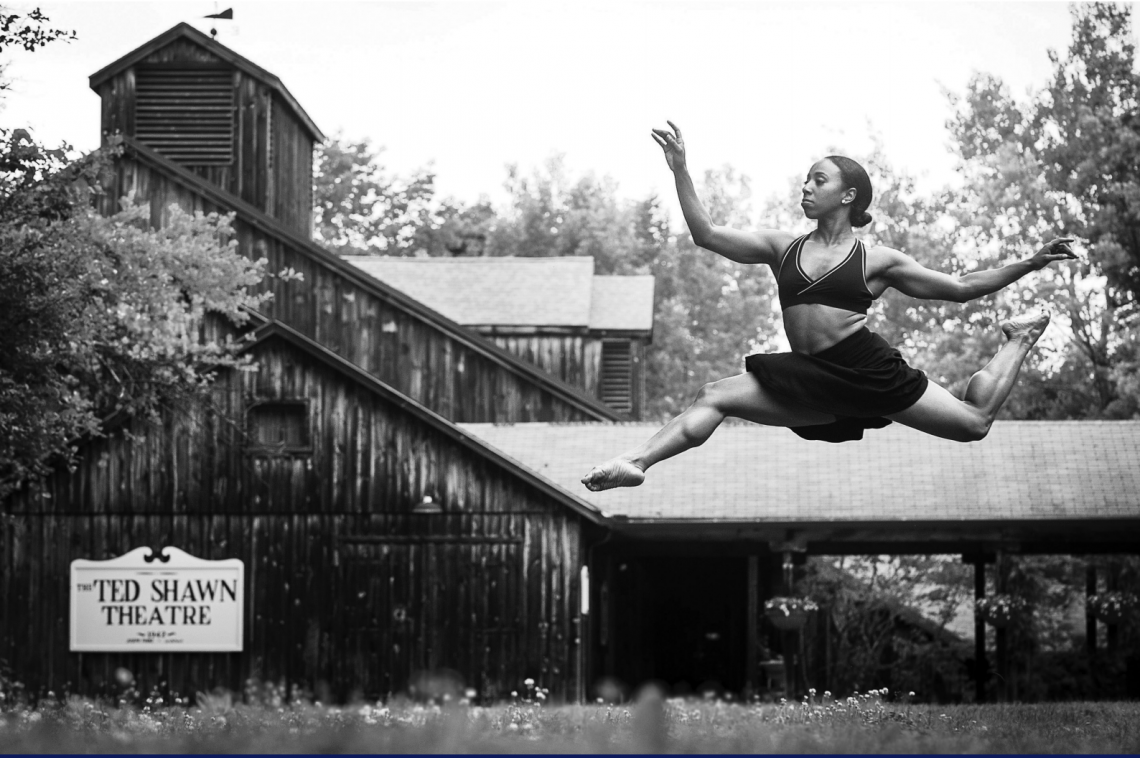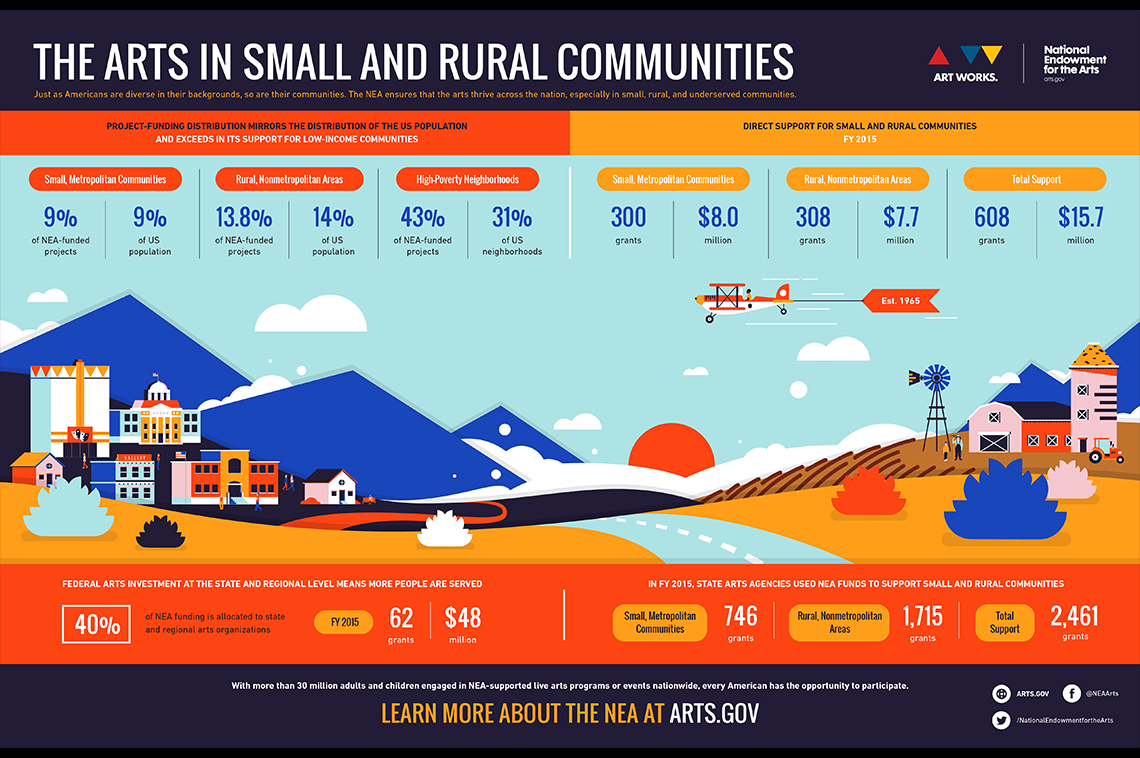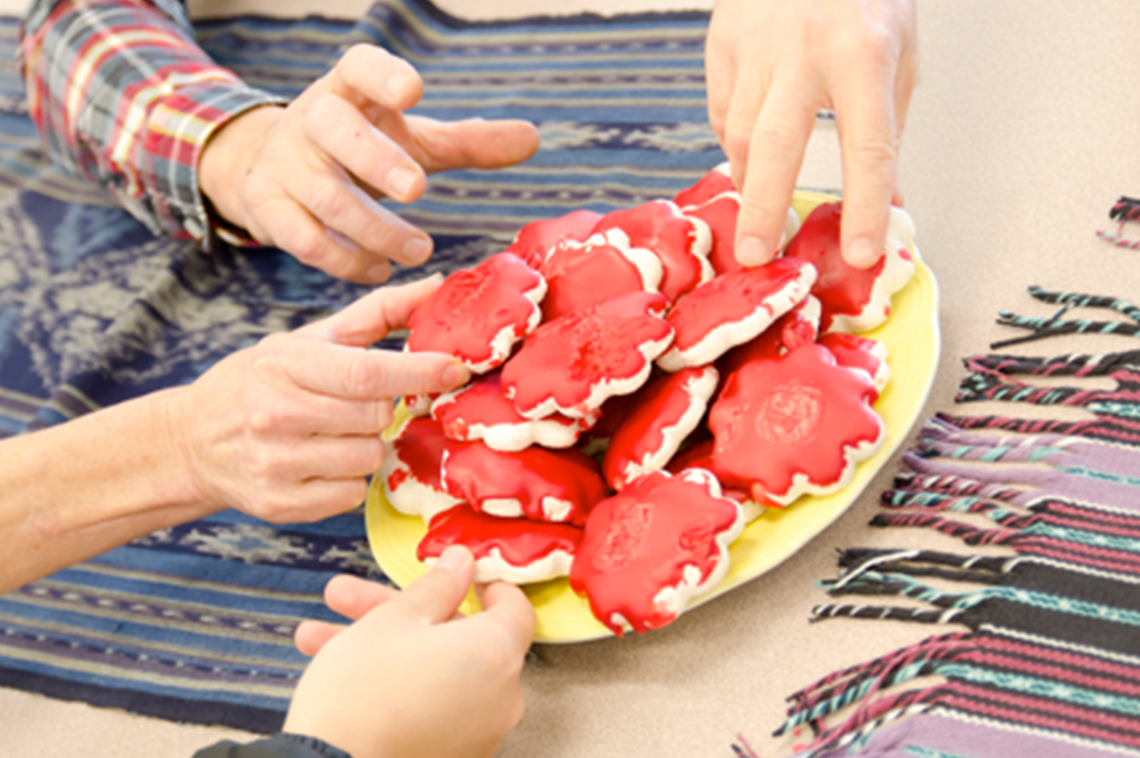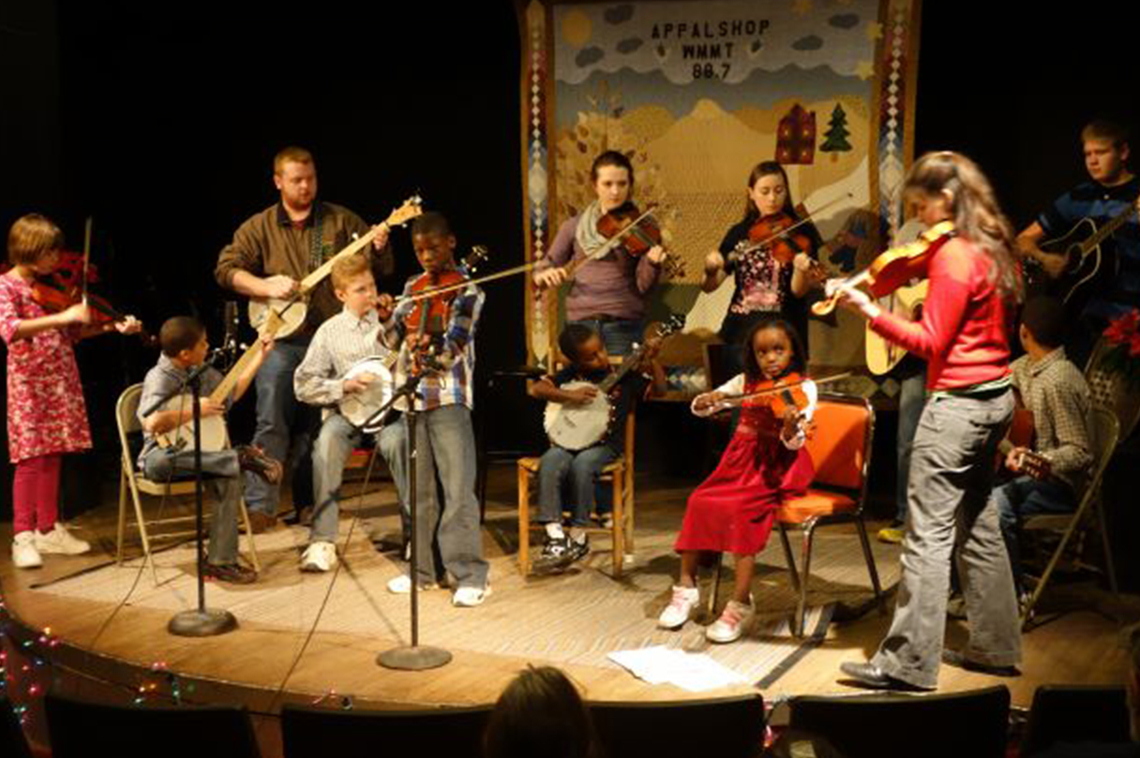



Last month our friends at the National Endowment for the Arts released a new research report. "Rural Arts, Design, & Innovation in America" highlights the impact of the arts in rural communities. The report notes that until now, arts and economic impact theories have been built and tested only in urban environments. NEA Director of Research & Analysis Sunil Iyengar said, “We’ve long understood that the arts and design can beautify a place and attract new residents and businesses. This report is unique in showing these attributes as closely linked to innovative business practices in rural communities nationwide.”
We talked to F. Javier Torres, our Director of Grantmaking at ArtPlace for his take on the report, and how it relates to our work at ArtPlace.
After reading this report I took some time to go back to the Rural Wealth Framework that it referenced from the Rural Policy Research Institute (RUPRI). It does a really important and significant job of clearly identifying how to asses wealth within rural environments that I believe is an amazing model for urban environments as well. The framework is a comprehensive and dynamic approach to not only fully understand the assets and opportunities rural communities and regions hold, but also the challenges they must confront in achieving development and sustainability. It has gained traction because of the limitations of Gross Domestic Product as a comprehensive measure of economic well-being. By contrast, the Rural Wealth Framework is based on eleven wealth indicators and how to assess them.”
One significant finding of Rural Arts, Design, & Innovation in America shows that rural communities and performing arts organizations specifically, can serve as strong community anchors. Rural arts organizations draw more non-local audiences to their venues and report greater civic leadership and customer connectedness than their urban peers. The success is not just in driving foot traffic in the way that we’ve typically thought about it- attracting more outside visitors to programs, spending on admissions, parking, dining- in this way adding to the local economy. These organizations also have a strong association with innovative or design-integrated businesses. As the report says ‘where there are arts organizations, there tend to be businesses that have innovative products or practices who report expanding their products and services.’ If you are ‘producing’ instead of ‘presenting’- you are creating works, you are designing sets around them, designing lighting, sound, music and marketing, and because of the rural context your community is more likely to be engaged in the work that you’re doing.
We have just announced a new investment with the Myrna Loy on their project, the East Helena Food & Culture Hub that exemplifies the report’s findings around rural organizations being more civically engaged than in urban environments. This is a performing arts organization that is working with a series of partners in their local and regional economy, to develop a culinary arts workforce development program to improve the economy. They understand how to integrate the many different disparate parts of their community and also that elevating and investing in the local culture (in this case Eastern European food) is the secret sauce to their success. Director of the project Krys Holmes said "Rural communities may be poor in cash, but are very rich in relationships and personal connections. One of the reasons that creative placemaking can have such high impact in rural communities is that people value and depend on strong ties, we understand how to work together, and we know how to leverage relationships to make creative things happen."
The findings also clearly show that there needs to be more rural research. It’s important to articulate what we know and also make recommendations about what needs to be researched even further. The report helps to make the case for funders, whether public or private - that we need to do a better job of understanding the assets in place, and how to strategically invest from a philanthropic perspective. Whether that’s a tourism based economy or transitioning from a coal or extractive economy - there are actual ways to invest in local culture through the arts to help us build new economies to sustain rural communities.
How does ArtPlace fund so many rural projects?
In the ArtPlace funding process, we separate out and review rural projects with only rural projects. We also review urban with only urban. We select the best of the rural and the best of the urban and then pool them together. In a panel process, despite our best efforts to have a diverse group of readers with a range of experience and community context, we recognize our own human limitations. We are socialized to assume that the work in urban environments is somehow more innovative than in rural communities. Through our process, we find the best in both, so we have rural experts read the rural submissions, take the best, and then in the finalist’s pool what we have found is that at that point everyone can actually compete on a fair footing. This year our rural investments represent 52% of the overall projects that were the best projects. Just like their urban counterparts they all have something that they need to share for the whole field not just for rural communities, or not just for urban communities.
Javier’s advice to rural projects
Figure out what’s special about the history in your place. For example, The Myrna Loy has identified their Eastern European food traditions because of the historic immigration to that region because of workers coming to the original lead smelter there. In Whitesburg, it’s the Appalachian culture and most long-standing traditions of the original community that’s worth investing in. Invest in the people and the traditions that are already there. The report found that the rural communities with cultural organizations were able to recover faster from the recession than their counterparts. I think that’s really a significant finding that should probably investigated even further and see where else it has happened so it can be part of a research recommendation to the future.





